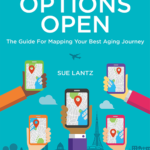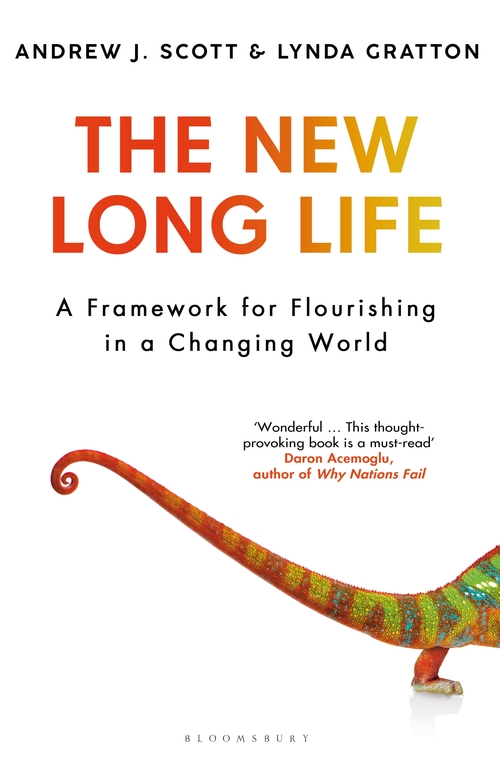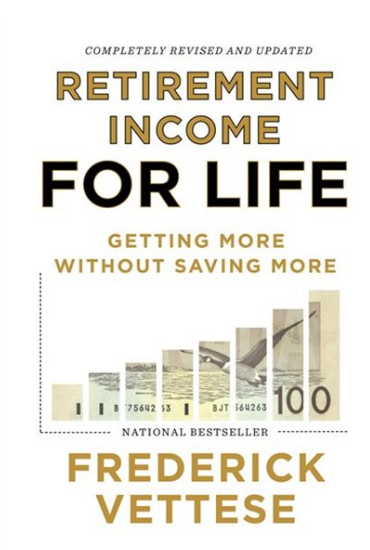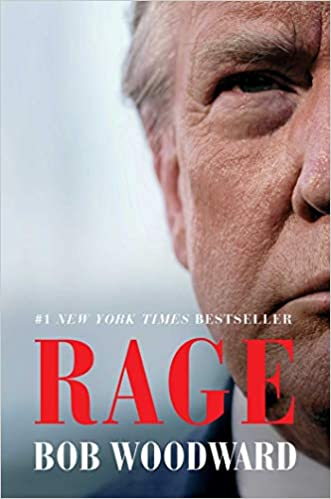 By Mark Venning, ChangeRangers.com
By Mark Venning, ChangeRangers.com
Special to the Financial Independence Hub
Over umpteen years, my ideal number, working as a career consultant, the most significant rewards came about in one to one conversations, notably with clients seeking new career directions in later life, with the unique pleasure of meeting my oldest client who on the day we met was two months shy of turning ninety.
Rare this was and I wish I could tell more here, but to say the least, his was an adventuresome journey, not without challenge but certainly lived with sociability, creativity and curiosity.
So imagine how startling it was, with all my years of listening to hundreds of stories of later life journeys suddenly in mind, that I began the new book Options Open by Sue Lantz hearing an invitation call in the first chapter to “start with curiosity.” The Options Open book subtitle is “The Guide to Mapping Your Best Aging Journey,” and so serves as an artfully laid out roadmap using travel planning as a relatable metaphor, useful in practical conversations with partners, friends or even an eclectic mix in a Zoom group.
Skillfully promoting self-reflection, practicality and of course curiosity, this later life travel planning guide works with an interconnected “Five Strategy Framework” that charts a course taking you through your: Health, Home, Social Network, Caregiving Team and Resources (financial and otherwise). This is the book I wish I had to supplement all those later life career conversations, when many people saw a road ahead through a narrow lens; eying a fated future as a so called Retirement, almost like a vanishing point.
Book does not restrict itself to the word Retirement
Two positive overall attributes of this book instantly drew me into it. First, Sue Lantz thankfully does not hinge the book on that restrictive word Retirement, which is certainly not a travel planning guide destination I’ve ever seen. If travel can be metaphoric for our aging journey, I agree with Sue when she says from the onset, “Successful aging is a process that involves making several transitions.” That goes for all our trips through airports or train stations in our life course; we are much on foot in transition.
However, it can’t be escaped: reference to Retirement plops quietly in a few places in this book. Try as we might over the last twenty years, other books have made multiple contemporary rewrites to recast the vocabulary for a dated concept or social construct Retirement, while still casting it as a state you reach in later life. Most of these attempts miss the mark or leave gaps that Options Open addresses sagaciously.
The second prominent point to make about Options Open is that in the category of aging and longevity, it is the first book I have read, published in 2020, written with a consideration to the context of a COVID world. In the book’s Preface, Sue positions the relevance of working with this book in our current time:
“Our world changed dramatically during the global COVID-19 crisis. We realized what is essential to our daily life … We directly experienced the link between how prepared and proactive we are as a society, and how this plays out in terms of our individual risks, and whether or not our own health (and life) is maintained.”
Still further, Sue confirms something I have often reflected upon after many conversations I have been part of this year: “… our worst fears were amplified during the COVID-19 pandemic. Yet, if we let our fears stop us from thinking about our own aging, we are actually discriminating against ourselves.” As I write this post, COVID world continues unabatedly, but if you are leaning to a hermit’s way, perhaps the curious pilgrim in you might emerge to make time to explore your options.
If you have been at home more this year, it is somewhat fitting that one of the strategy areas in the Options Open framework covers the topic of Aging in Place. This might be as good a time as any to think forwardly about the right place, and as Sue Lantz accurately puts it in the section Consider YOUR choice of place, “Your best housing plans will be guided by how well this sets you up to achieve the other four Strategies, including your healthcare access, social networks, and caregiving resources.”
Two coincidental thoughts come full circle in my mind that underscore for me how timely this book is and why I recommend it as one that makes you think realistically and therefore one you can actually use.
It was three years ago this week in 2017, that I heard Sue Lantz speak at the National Institute on Ageing (NIA) where she talked about acting like Pixar – “animating aging in place” – animating the options that is, by co-creating, co-locating to build as a whole, what I prefer to call age inclusive communities. As Lantz went on to say, we are dealing with a diversity of issues across the board, which are interconnected. Looks like the concept of her book grew shoots back then.
Most hauntingly, I also recall when in Chicago, 2004 – I heard William Bridges, author of Transitions: Making Sense of Life’s Changes – a book that stands the test of time, (first published in January 1980) speak on “Finding Your Own Way”. At the end of his talk, you could hear a pin drop. The Bridges Transition model is classic and stemming from it is a statement he made that lingers still from that day: “Uncertainty is a fluid state that allows for openings”.
We are in a fluid state these very days, so as that allows – why not find our Options Open.
Review Part 2: Continue Reading…





